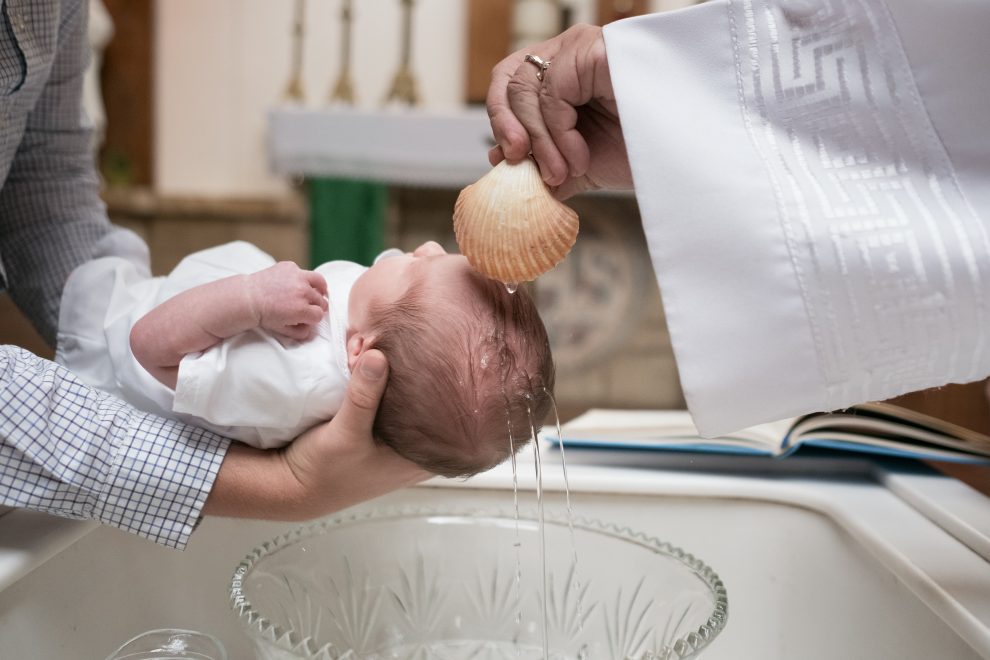Christianity has always emphasized faith as a person’s life-defining response to Jesus Christ. Early Christians put their deepest convictions about God, creation, and salvation into set forms known as “creeds” that served as badges of identity.
The word creed comes from the Latin word credo, “I believe.” But Christian faith is more than a set of “beliefs.” It is the energy that binds a believer to God revealed in Christ.
The Gospel of John stresses faith’s dynamism by using the action word “believe” nearly a hundred times, usually with an emphasis on believing “in” God or Christ; the author never talks about “having beliefs.”
The earliest writings of the New Testament contain short confessions of faith, such as “Jesus is Lord” (1 Cor. 12:3). One confession, “For us there is one God . . . and one Lord” (1 Cor. 8:6), may be a Christianized form of the Shema, the ancient biblical formula still confessed by devout Jews: “Hear, O Israel, the Lord is our God, the Lord alone!” (Deut. 6:5). Christians added a narration of the events of Christ’s death, burial, and resurrection (1 Cor. 15:3–5).
Ancient peoples ascribed more power to the spoken than to the written word, and ancient creeds are based on oral baptismal confessions spoken in the presence of the Christian community. The earliest written records date from early-third-century Rome, but the practice is certainly much older.
A series of questions addressed to candidates for baptism began with God, the Father Almighty. The candidate confessed, “I believe,” and was immediately immersed in water.
A second immersion followed confession of faith in Jesus Christ the Son of God, born of a virgin, crucified, buried, risen, ascended, sitting at God’s right hand, and about to come again. A third followed confession of faith in the Holy Spirit, the church, and the resurrection. This threefold pattern also served as an outline for instruction after baptism.
Scholars believe that this pattern gave rise to the “classical creeds,” beginning with the most ancient: the Apostles’ Creed. (The title refers to the faith of the apostles expressed in the creed and not to being written by the apostles.) The Apostles’ Creed is the foundation for the later Nicene Creed, which Catholics recite during Mass.
The question-and-answer format is still used for baptism during the Easter Vigil and for the assembly’s renewal of baptismal promises during the Easter season. The Apostles’ Creed remains a standard confession among Christians of all kinds.
Significantly, the “native habitat” of any creed is not the classroom. Worship in a living community has always been a primary element in the confession of faith.
This article appeared in the September 2008 issue of U.S. Catholic (Vol. 73, No. 9, page 41).
Photo by Josh Applegate on Unsplash












Add comment